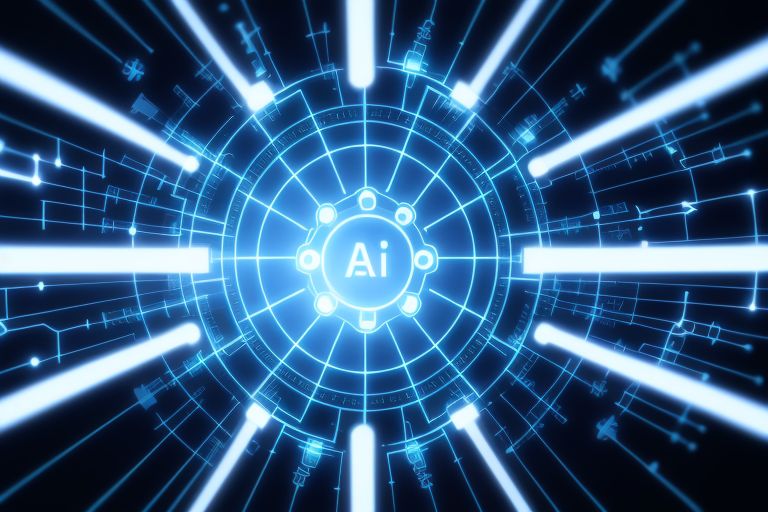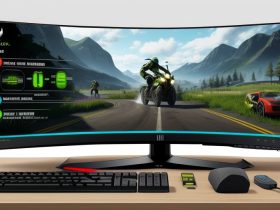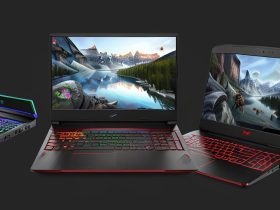Artificial Intelligence (AI) has become a cornerstone of modern innovation, driving advancements across industries from healthcare to finance. With the rapid evolution of technology, AI frameworks have emerged as essential tools for developers and businesses alike. But with so many options available, how do you choose the best AI framework for your needs? Let’s dive into the top AI frameworks, their unique features, and how they’re revolutionizing the way we approach problem-solving and decision-making. AI frameworks are software libraries that provide the foundational tools necessary for building, training, and deploying machine learning and artificial intelligence models. These frameworks simplify complex processes, enabling developers to focus on solving problems rather than writing code from scratch. By leveraging pre-built algorithms and optimized functions, users can accelerate the development of AI-powered applications. Here’s a detailed breakdown of the best AI frameworks currently shaping the industry: Developed by Google, TensorFlow is one of the most popular AI frameworks. It supports a wide range of machine learning tasks, from deep learning to natural language processing. TensorFlow’s flexibility allows it to be used in research, production, and even mobile applications. Key features include: PyTorch, developed by Facebook’s AI Research lab, is favored for its dynamic computation graph, which makes it ideal for research and experimentation. Its intuitive interface and Pythonic nature have made it a favorite among developers. Notable features include: Keras is a high-level neural networks API written in Python. It’s designed for fast experimentation and works seamlessly with TensorFlow. Keras is known for its simplicity and ease of use, making it an excellent choice for beginners. Key benefits include: Scikit-learn is a robust library for traditional machine learning algorithms. It’s widely used for tasks like classification, regression, and clustering. While not as deep learning-focused as TensorFlow or PyTorch, it’s invaluable for data preprocessing and analysis. Highlights include: MXNet, supported by Apache, is known for its scalability and efficiency. It’s a great choice for building large-scale machine learning models and is often used in production environments. Its key features are: Selecting the best AI framework depends on your specific needs and goals. Here are some factors to consider: AI frameworks are powering innovations across various sectors. Here are a few examples: AI tools built with TensorFlow and PyTorch are being used to detect diseases, predict patient outcomes, and optimize treatment plans. Scikit-learn is widely used for fraud detection, risk assessment, and algorithmic trading. Companies like Amazon use MXNet to enhance recommendation systems and optimize supply chain operations. PyTorch and TensorFlow are driving advancements in self-driving car technology, enabling real-time decision-making and object recognition. As AI continues to evolve, frameworks are expected to become more efficient, user-friendly, and specialized. Key trends to watch include: AI frameworks are revolutionizing industries by enabling faster, smarter, and more efficient solutions. Whether you’re a seasoned developer or just starting your AI journey, understanding these tools is essential for staying ahead in the digital age. By choosing the right framework and leveraging its capabilities, you can unlock endless possibilities for innovation.
What Are AI Frameworks?
Top AI Frameworks in 2023
1. TensorFlow
2. PyTorch
3. Keras
4. Scikit-learn
5. MXNet
How to Choose the Right AI Framework
Real-World Applications of AI Frameworks
Healthcare
Finance
Retail
Autonomous Vehicles
Future Trends in AI Frameworks
Top AI Frameworks Revolutionizing Machine Learning Development

What’s your reaction?
Love0
Sad0
Happy0
Sleepy0
Angry0
Dead0
Wink0











Leave a Reply